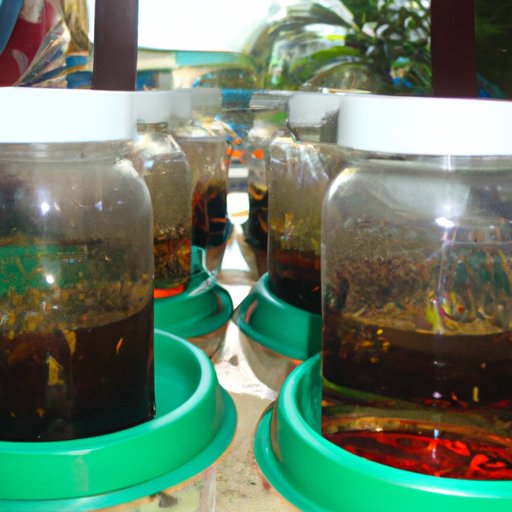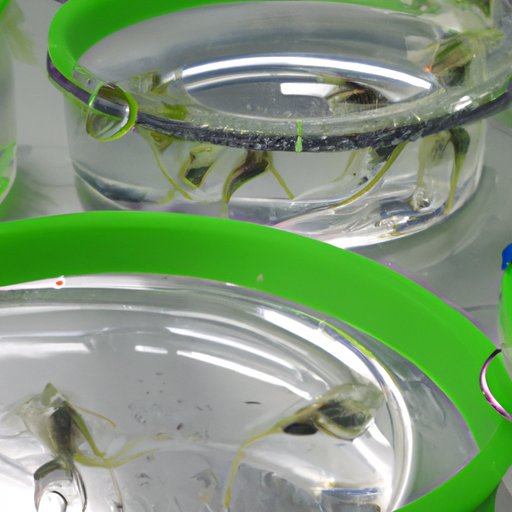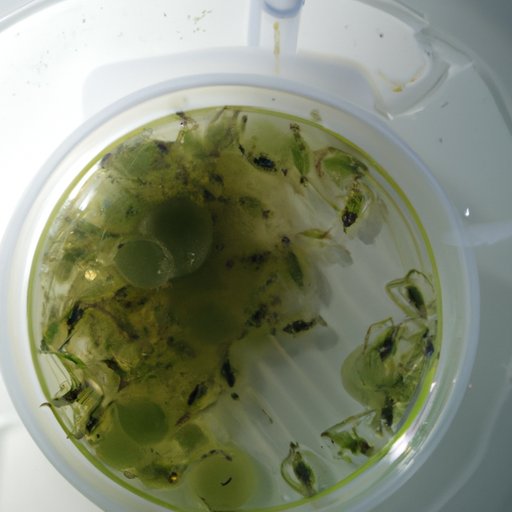Introduction
Daphnia are small crustaceans that are found in many freshwater habitats all over the world. They are often used as model organisms in scientific research due to their simple anatomy and short life cycle. In this article, we will explore the process of culturing daphnia and provide a comprehensive guide for those interested in doing so.

Research the Basics of Daphnia Care and Culture
The first step in culturing daphnia is to research the basics of daphnia care and culture. You should identify the different types of daphnia available and learn about their life cycle. Additionally, it is important to understand their nutritional needs as this will help you create an environment that meets their needs.
Understand the Optimal Water Conditions for Daphnia Culture
The next step is to understand the ideal water conditions required for successful daphnia culture. The temperature should be between 18-22°C (65-72°F). The pH level should be between 6.5-7.6 and salinity levels should be 0.1-0.3ppt (parts per thousand). These parameters should be monitored regularly to ensure they remain within the optimal range.

Prepare the Culturing Container and Add Nutrients
Once the optimal water conditions have been established, it is time to prepare the culturing container and add nutrients. The container should be large enough to support the number of daphnia you intend to culture and allow for adequate filtration. An air pump can also be added to ensure proper oxygenation. Additionally, it is important to introduce nutrients into the water such as fish food or algae powder.

Acquire a Starter Culture of Daphnia
The next step is to acquire a starter culture of daphnia. This can be done by purchasing a starter culture from an aquarium shop or online. Alternatively, you can collect your own daphnia from a local pond or lake. Once you have acquired the starter culture, you can introduce them to the culturing container.
Monitor the Culture and Perform Regular Maintenance
The final step is to monitor the culture and perform regular maintenance. It is important to observe the culture daily to monitor the health of the daphnia. Additionally, it is important to test the water quality regularly to ensure it remains within the optimal range. Proper lighting should also be maintained and the daphnia should be fed regularly with algae powder or fish food.
Conclusion
In conclusion, culturing daphnia is a rewarding but challenging task. It is important to research the basics of daphnia care and culture, understand the optimal water conditions, prepare the culturing container and add nutrients, acquire a starter culture, and monitor the culture and perform regular maintenance. With the right knowledge and effort, you can successfully culture daphnia.
(Note: Is this article not meeting your expectations? Do you have knowledge or insights to share? Unlock new opportunities and expand your reach by joining our authors team. Click Registration to join us and share your expertise with our readers.)
